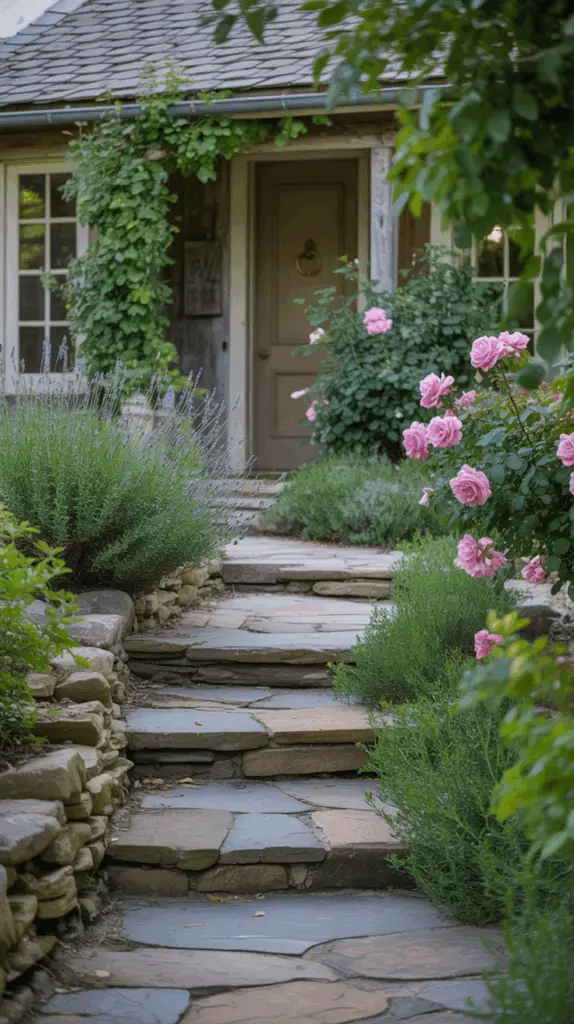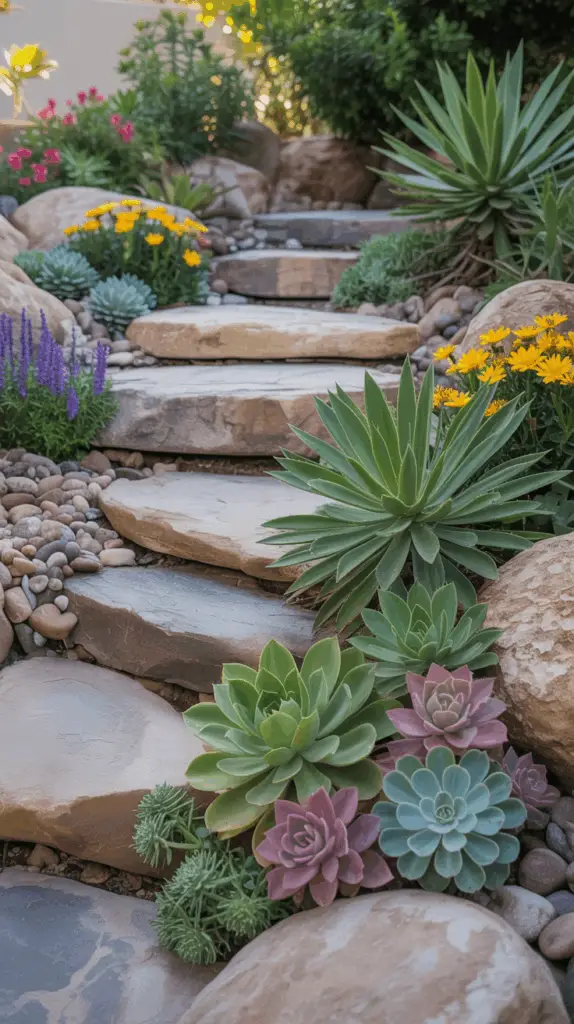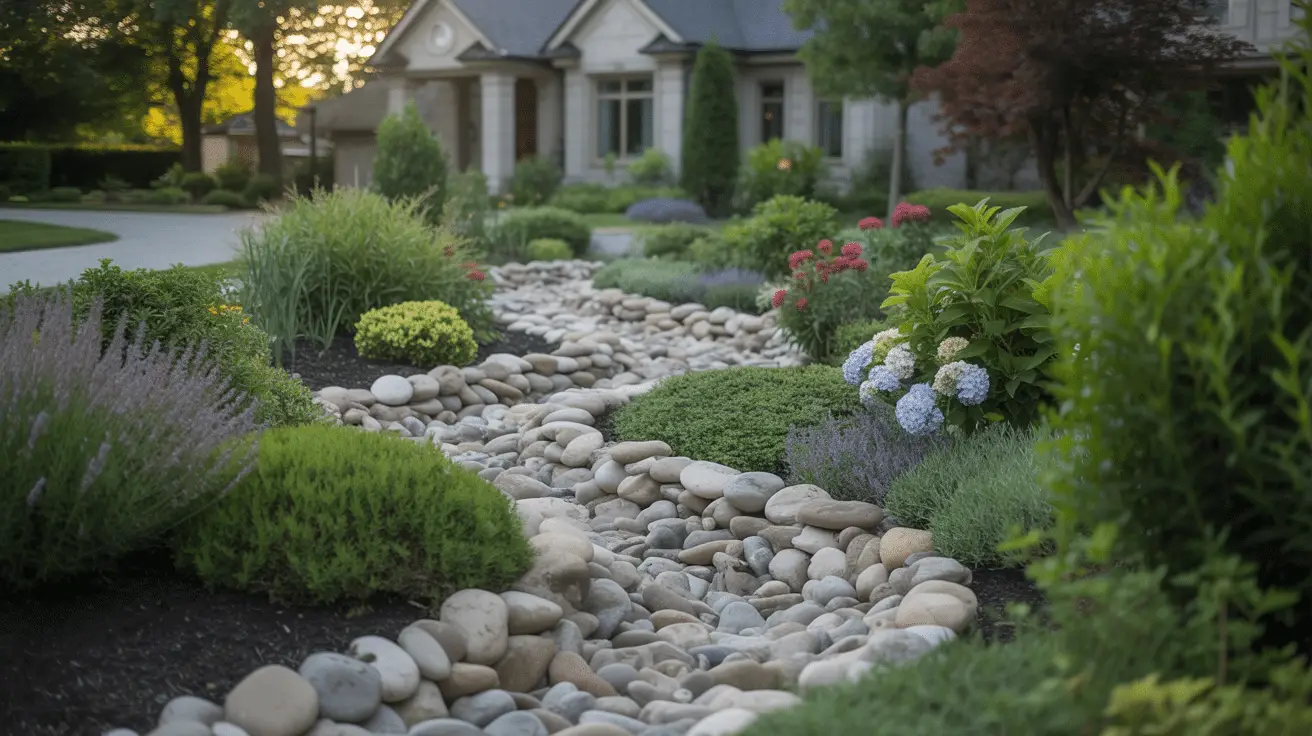Creative and Simple Rock Landscaping Ideas to Enhance Your Home’s Curb Appeal
Table of Contents
Introduction
First impressions matter—and when it comes to your home, the exterior sets the tone long before guests step inside. In fact, according to a recent study by the National Association of Realtors, 94% of real estate agents say curb appeal can significantly influence a home’s value and buyer interest. While lush lawns and colorful flowers are classic choices, rock landscaping has emerged as a timeless, versatile, and surprisingly creative way to elevate any property’s front yard.
Rocks offer both structure and charm, blending natural beauty with practical function. Whether you’re working with sprawling grounds or a small front garden, rock landscaping can bring texture, contrast, and an enduring elegance that plants alone can’t always achieve. Even better—it’s low-maintenance, eco-friendly, and adaptable to almost any climate.
In this article, we’ll explore creative yet simple rock landscaping ideas that can dramatically enhance curb appeal. From artful pathways to statement rock gardens, you’ll discover how to use stones to create eye-catching designs that require minimal upkeep. We’ll cover different styles, practical tips, and real-world examples so you can envision exactly how these ideas will work for your own home.
Using River Rocks for Soft, Flowing Designs
River rocks are smooth, rounded, and naturally varied in color, making them perfect for designs that need a softer, more organic look. They can guide the eye through your landscape and pair beautifully with plants, water features, or mulch beds.
One way to use them is by creating meandering dry creek beds that not only add visual interest but also help with water drainage. These beds mimic the appearance of natural streams, winding gracefully through your front yard. You can also outline garden beds with river rocks to create subtle yet distinct borders that blend seamlessly into the greenery.
Their neutral tones—from creamy whites to earthy grays—complement almost any exterior color palette. Whether paired with bright blooms or minimal desert-style planting, river rocks help anchor your design while adding a calming, cohesive flow.
Table: River Rock Landscaping Uses
| Use Case | Benefit | Best For |
| Dry creek beds | Adds movement & handles drainage | Sloped yards or rainy climates |
| Garden bed borders | Defines planting areas naturally | All yard sizes |
| Ground cover | Low-maintenance weed suppression | Sunny, dry areas |
Rock Pathways for Inviting Entrances
A thoughtfully designed rock pathway can turn a simple walk to your front door into an experience. From rustic stepping stones set in grass to sleek flagstone slabs, pathways guide visitors while adding structure and personality.
If you prefer a charming cottage feel, irregularly shaped stones surrounded by creeping thyme or moss create a welcoming, lived-in look. For a more modern aesthetic, large, evenly cut pavers with fine gravel in between offer clean lines and contrast.
Rock pathways also improve functionality, reducing mud and wear on lawns during wet weather. The material you choose will influence the atmosphere—warm-toned sandstone gives a cozy feel, while dark slate adds sophistication.
Table: Popular Rock Pathway Materials
| Material | Look & Feel | Best Design Pairing |
| Flagstone | Natural & textured | Cottage or rustic gardens |
| Slate | Sleek & refined | Modern landscapes |
| Cobblestone | Old-world charm | Traditional homes |

Creating a Rock Garden as a Focal Point
A rock garden can be the ultimate statement piece in your landscaping, blending stones, gravel, and hardy plants into a harmonious display. This approach is particularly effective in areas where grass struggles to thrive or where you want a low-maintenance centerpiece.
To design one, start with a variety of stone sizes—large boulders for structure, medium rocks for filler, and gravel for ground cover. Arrange them in a way that mimics natural outcroppings, ensuring balance in height and spacing. Add drought-tolerant plants like succulents, ornamental grasses, or flowering perennials to bring life and color.
Rock gardens can be minimalist with just a few statement stones or lush with layered plantings. Either way, they offer year-round beauty without constant watering or mowing.
Table: Essential Elements of a Rock Garden
| Element | Role in Design | Example Choices |
| Large boulders | Structure and focal points | Granite, basalt |
| Medium stones | Texture and filler | River rock, limestone |
| Plants | Softness and color | Sedum, lavender, yucca |

Using Decorative Gravel for Modern Minimalism
Decorative gravel offers a clean, contemporary aesthetic and is incredibly versatile. Available in a variety of colors, from crisp white to deep charcoal, it can be used as ground cover, between stepping stones, or as a base for container gardens.
One of its strengths is contrast—it highlights the shapes of plants, outdoor furniture, or sculptures. Gravel is also practical, suppressing weeds and improving drainage. White or light-colored gravel brightens shaded areas, while dark gravel creates a dramatic backdrop for greenery.
Design tip: Pair gravel with geometric shapes for a modern look, or mix it with organic curves for a softer feel. Always install a weed barrier underneath to maintain its neat appearance over time.
Table: Gravel Types and Best Uses
| Gravel Type | Color Options | Ideal Use Cases |
| Pea gravel | Neutral earth tones | Pathways, casual seating areas |
| Marble chips | White, light gray | Modern minimalist gardens |
| Crushed granite | Warm gold, rust | Rustic or desert themes |
Integrating Rocks with Water Features
Combining rocks with water features creates a tranquil, resort-like atmosphere right in your front yard. Even a small fountain framed with stones can add soothing sound and visual appeal.
Naturalistic designs often use boulders and river rocks to simulate a mountain stream or waterfall. For a more formal style, smooth stones or cut rock slabs can be arranged around a geometric pond. The key is blending textures so the feature feels like a natural part of the landscape.
Rocks also protect the edges of water features from erosion and provide a habitat for beneficial wildlife. Pair them with aquatic plants for a lush, inviting effect.
Table: Rock and Water Feature Pairings
| Water Feature | Best Rock Type | Style Outcome |
| Fountain | Smooth river rock | Soft, calming elegance |
| Pond | Mixed boulders | Natural, rustic charm |
| Waterfall | Flat slate | Dramatic and modern |
Blending Rocks with Native Plants for Sustainability
Integrating local plant species with rock landscaping supports the environment while reducing maintenance. Native plants are naturally adapted to your climate, meaning they require less water, fertilizer, and care.
Position larger rocks to provide windbreaks or shade for delicate plants, mimicking natural ecosystems. Fill spaces between rocks with flowering natives for seasonal color and to attract pollinators like bees and butterflies.
This approach not only enhances beauty but also fosters biodiversity, creating a healthier, more resilient yard.
Table: Native Plant and Rock Pairing Examples
| Region | Native Plants | Rock Type Match |
| Southwest US | Agave, desert marigold | Sandstone, lava rock |
| Midwest US | Coneflower, switchgrass | Limestone |
| Coastal US | Sea thrift, beach grass | Granite, beach pebbles |
Conclusion
Rock landscaping is more than just an aesthetic choice—it’s a lasting investment in your home’s curb appeal, functionality, and environmental friendliness. From the smooth elegance of river rocks to the striking geometry of modern gravel gardens, stones can bring structure, texture, and timeless beauty to any outdoor space. They adapt to diverse styles, climates, and budgets, making them a versatile solution for homeowners looking to elevate their front yard.
By thoughtfully pairing rocks with plants, pathways, or water features, you can create a design that feels both natural and intentional. Whether you opt for a dramatic rock garden centerpiece or subtle accents that guide the eye, your landscaping can make a lasting impression year-round. With these creative yet simple ideas, you have all the inspiration you need to transform your home’s exterior into a welcoming, elegant, and unforgettable space.

